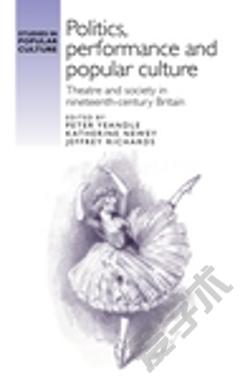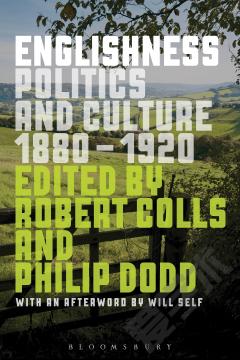Politics personified —— Portraiture, caricature and visual culture in Britain, c.1830–80
----- 政治象征:肖像、英国漫画和视觉文化,c.1830–80
The remarkable popularity and cultural resonance of political likenesses in the Victorian period is the central theme of this book, which explores how politicians and publishers exploited new visual technology to appeal to a broad public. The first extensive study of the role of commercial imagery in nineteenth century politics, Politics Personified shows how visual images created and reshaped political identities, constructed political narratives and projected a favourable public image of politics and political actors. Furthermore, it offers fascinating insights into how politicians themselves negotiated their relationship with this imagery. Drawing on a vast and diverse range of sources, including prints, photographs, paintings, illustrations, banners, statues, medals and coins, this book highlights how and why politics was visualised, but also how these images were critically received and used. Beginning with an examination of the visual culture of the 1832 Reform Act and the emergence of new visual technologies, the study investigates how Reformers, Conservatives and Radicals used portraiture to connect with supporters and build identity. The role of group portraiture in fashioning national reforming narratives and the presentation of MPs as independent representatives reiterates the importance of the image in any understanding of Victorian popular politics and political culture. The final part of the book examines how major politicians, including Lord Palmerston, William Gladstone and Benjamin Disraeli, interacted with mass commercial imagery. The book will appeal to a broad range of scholars and students across political, social and cultural history, art history and visual studies, cultural and media studies and literature.
{{comment.content}}








 京公网安备 11010802027623号
京公网安备 11010802027623号